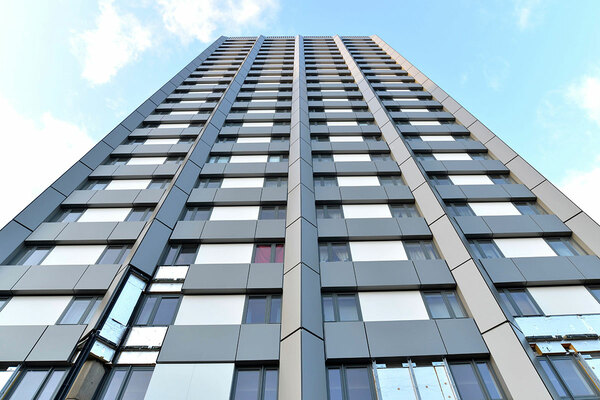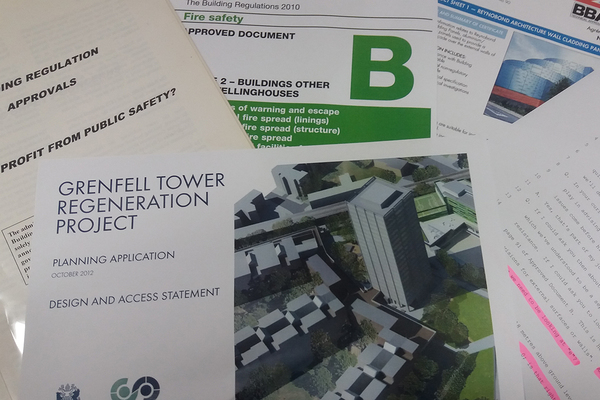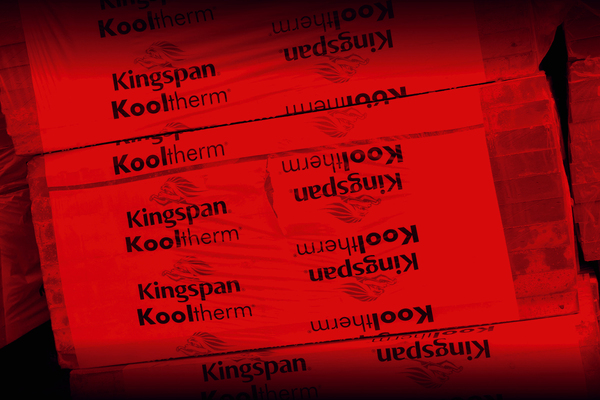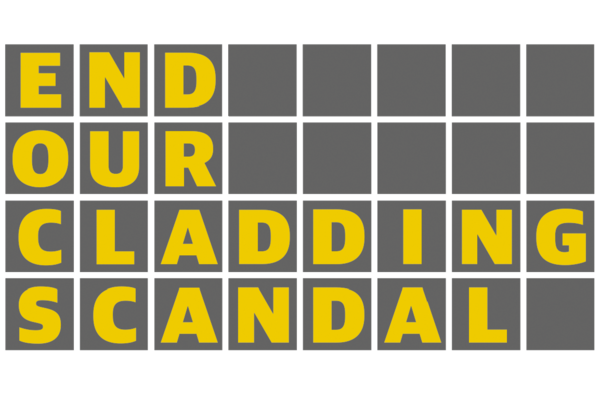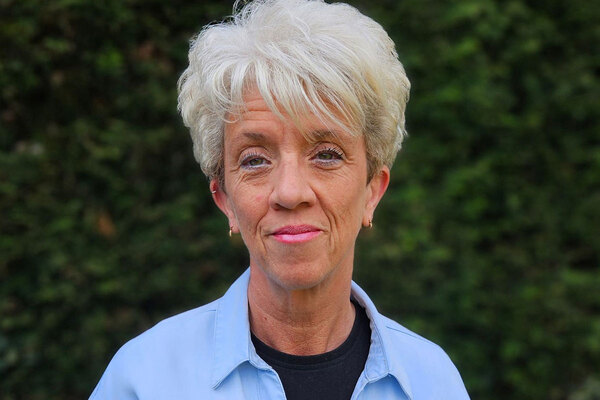You are viewing 1 of your 1 free articles
Government did not want to order combustible insulation removal due to impact on product manufacturers, MPs hear
A government official declined to order the removal of combustible insulation after Grenfell out of a fear of ‘favouring’ the manufacturers of non-combustible alternatives, a committee of MPs heard yesterday.
Dr Jonathan Evans, chief executive of Ash & Lacy, said he asked officials to order the removal of combustible insulation materials as well as cladding in the weeks after the blaze.
He also told the Housing, Communities and Local Government Select Committee that he had asked for a list of combinations of materials which had failed safety tests to be released. Details of these tests are considered commercially confidential and kept private.
“I said, ‘why don’t you produce a matrix of what is safe and what isn’t?’ The answer was that we don’t want to give specifics of the insulation because it might favour some manufacturers over others,” he said.
“On combustible insulation, they said you can’t tell people to remove that because it will give Rockwool [a major manufacturer of non-combustible insulation] a monopoly on the market.”
Dr Evans blamed this lack of clarity for the slow pace of the removal of dangerous materials from tall buildings.
He said he was aware of projects where building owners had elected to leave combustible insulation in place and simply replace composite cladding panels with solid aluminium.
However, he said he had heard that such a combination had previously failed a safety test – and called on government to confirm whether or not this was the case.
Ministers announced plans to ban the use of combustible materials on tall buildings in May last year, following pressure from survivors and public outcry.
However this ban is not retrospective and while aluminium composite material (ACM) cladding is being removed from towers, there is no official programme or government money to oversee the removal of other potentially dangerous products.
Grenfell was clad in ACM with combustible Celotex polyisocyanurate insulation and a small amount of Kingspan phenolic foam attached to its walls.
Dr Evans also called for the government to release the results of its official test into high-pressure laminate (HPL) cladding – saying it was carried out three weeks ago and has not been released.
He said the combination tested – fire retardant grade HPL and non-combustible insulation – was clearly compliant with the ‘linear route’ in government guidance, meaning a failure would be embarrassing for ministers and officials.
Last week the government declined to answer a written question from Labour MP Steve Reed about whether or not the test had been carried out.
The Ministry of Housing, Communities and Local Government was contacted for comment.

